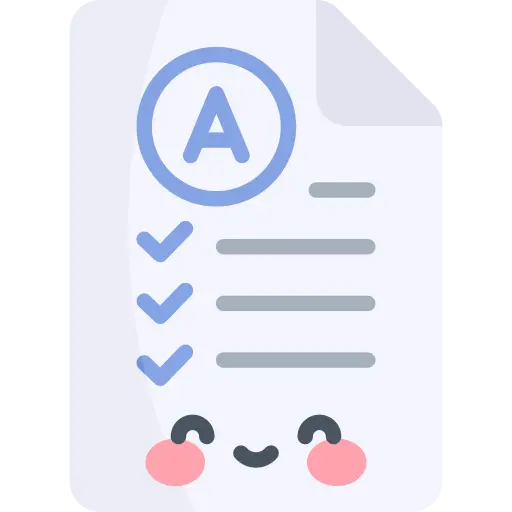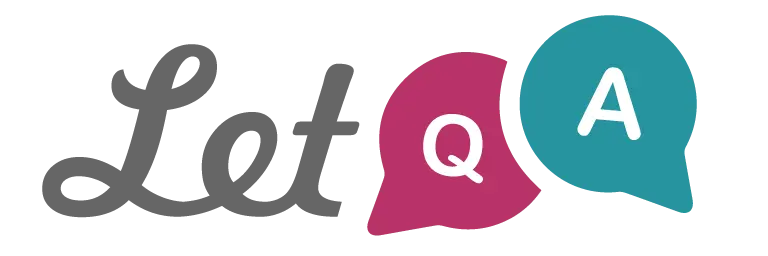
Đề Thi Trắc Nghiệm Môn Tiếng Anh VUTM Học Viện Y Dược Học Cổ Truyền Việt Nam - Có Đáp Án
Từ khoá: đề thi trắc nghiệm Tiếng Anh VUTM Tiếng Anh Học Viện Y Dược Học Cổ Truyền Việt Nam câu hỏi Tiếng Anh có đáp án từ vựng tiếng Anh y dược ngữ pháp tiếng Anh bài tập tiếng Anh chuyên ngành y học cổ truyền kỹ năng đọc hiểu tiếng Anh ôn tập Tiếng Anh VUTM học Tiếng Anh hiệu quả tiếng Anh chuyên ngành y học cổ truyền đề thi Tiếng Anh có đáp án.
Số câu hỏi: 65 câuSố mã đề: 1 đềThời gian: 1 giờ
10,755 lượt xem 823 lượt làm bài
Xem trước nội dung:
MENINGITIS: THE EPIDEMIC OF THE CENTURY IN NIGERIA.
The account of a physician working for Médecins Sans Frontières (MSF). Nigeria: the states of Kano, Katsina, Bauchi. Three million people vaccinated, 30,000 people treated. We did it! We would never have imagined we could carry out such a massive vaccination campaign in two months.Since the beginning of 1996, Nigeria has been dogged by a meningitis epidemic of unprecedented scale. It is the first time that we in Médecins Sans Frontières have had to deal with an epidemic situation in such a densely populated region. There are two million inhabitants in Kano, the country’s economic nerve center, which we chose for our first mission.When we arrived at Kano, the situation in the big 650-bed hospital was catastrophic: people with meningitis were laid out on mats, some people who were lying on the bare ground were in convulsions.The most serious cases were usually children. In mid-February 1996, when the situation deteriorated suddenly, 120 patients were arriving at the hospital every day. The staff were run off their feet and medicines and vaccinations had dwindled to nil.There were many cases in a very short space of time for the Nigerian health systems to cope with without outside help. Health structures were in place and the staff were qualified, but material resources were stretched to their limit. Very soon, effective cooperation between Nigeria health teams and the international team from Médecins Sans Frontières helped provide suitable treatment and launch the vaccination campaign.The challenge in Nigeria was, quite simply, enormous. In the three states of Bauchi, Kano, and Katsina, with a total of 15 million inhabitants, several million people needed to be immunized. The race against time began on 7 March when 30,000 vaccinations were given in one day at 20 centers. Armed with megaphones, we went round markets and places of worship in an effort to mobilize the population, and carried out a comprehensive information campaign.Despite the operation’s success, with 3 million people vaccinated and 30,000 patients treated, we are still slightly disappointed: of the eight Nigeria states that were particularly affected by the epidemic, we were able to help only three. Slow international mobilization, both in the media and at an operational level, more than likely deprived tens of thousands of patients of treatment.
What sort of organization is Médecins Sans Frontières (MSF)?
Read the following passage and choose the letter A, B, C, or D to indicate the correct answer to each of the questions.
CAUSES AND TREATMENT OF BACTERIAL MENINGITIS
Streptococcus pneumonia (pneumococcus).This is a very common cause of meningitis in the United States. It mainly affects young children and older people but it can infect anyone. In recent years, some types of Streptococcus pneumonia have become resistant to penicillin but fortunately the organism is still susceptible to the third-generation cephalosporins.Neisseria meningitiditis (meningococcus).This organism is highly contagious and is often responsible for mass outbreak in college dormitories and military bases. It often begins with an upper respiratory tract infection and then spreads to the brain. Penicillin is the drug of choice but resistant strains have been reported and these are best treated with ceftriaxone.Haemophilus influenzae (hasemophilus) This bacterium used to be the most common cause of meningitis but since the introduction of vaccinations, it has become less common. When it is met, third-generation cephalosporins are the treatment of choice.These three bacteria account for over 80% of meningitis cases. Less common causative agents include Escherichia coli, which mainly affects neonates, and Listeria monocytogenes, which tends to affect the elderly.The use of steroids Recent studies have indicated that when steroids are used alongside antibiotics, there is a lowering of mortality and other unfavorable outcomes.It is thought that steroids help by reducing the body’s inflammatory reaction to the breakdown products that are produced when the antibiotics kill the bacteria. It is therefore crucial that the steroids are given before or with the first dose of antibiotics so that they are present in the tissues when the initial inflammatory burst occurs.
: This passage mainly discusses ……………..
gastroenterologist
is
examine
win
Đề thi tương tự
1 mã đề 25 câu hỏi 30 phút
86,457 xem6,638 thi
3 mã đề 135 câu hỏi 1 giờ
56,590 xem4,346 thi
1 mã đề 16 câu hỏi 15 phút
145,772 xem11,205 thi
1 mã đề 25 câu hỏi 30 phút
146,191 xem11,236 thi
1 mã đề 28 câu hỏi 1 giờ
38,221 xem2,928 thi
1 mã đề 25 câu hỏi 30 phút
36,045 xem2,765 thi
1 mã đề 58 câu hỏi 1 giờ
40,583 xem3,113 thi
